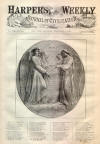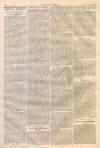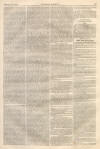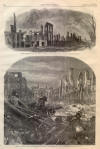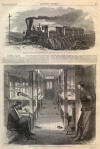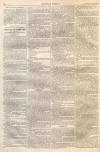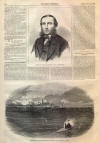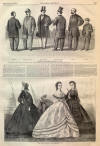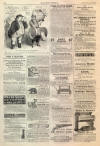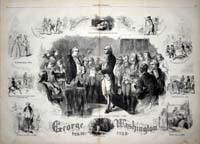Fashions
|
|
This Site:
|
FEBRUARY 27, 1864.] HARPER'S WEEKLY. 141 Sack Coat.Sack Coat, front View.Spring Over-Coat.English Walking-Coat.Sacktee.Boy's Suit.SPRING AND SUMMER FASHIONS FOR 1864.[FURNISHED BY MESSRS. KIRTLAND, BRONSON, & CO., MANUFACTURERS AND JOBBERS OF CLOTHING, Nos. 45 AND 47 CHAMBERS STREET, AND 23 AND 25 READE STREET, NEW YORK.]THE above plate represents a few of the various styles of garments manufactured by the extensive house above-named, for their Spring jobbing business. The wholesale clothing trade in this country has become of such vast importance, as well in its magnitude as in the reduction of prices which it has occasioned in what may be justly regarded as one of the first necessities of man, that it deserves a place in our columns, and our patrons will doubtless be pleased to see other representations from the great warerooms of Messrs. KIRTLAND, BRONSON, & Co. This branch of industry is of domestic origin, and was almost unknown forty years ago; the nearest approach to it in that day being the manufacture of clothing by a few individuals in this city who had branches for the sale of their goods at retail in some of the Southern cities. The demand from Southern merchants, however, which arose for clothing ready made for sale soon developed the wholesale clothing business, and prior to 1837 there were half a dozen or more houses in this city engaged exclusively in the trade, and some of them to a considerable extent. The business was almost wholly confined to the South, and the class of goods made up for the trade at that period was mainly of the lower and inferior grades. The revulsion of 1837 prostrated this as well as other branches of business, and extinguished the firms then engaged in it. With the subsequent revival of trade new houses entered into the business, other cities became identified with it, the Western country opened up new markets for its sale, and the business rapidly increased, until, in 1860, it had attained its zenith. Then came the war, and with it the loss of the Southern indebtedness, in consequence of which it again suffered a temporary reverse. But clothing is an indispensable commodity, and hence we find the business quickly revived under the management of larger, wealthier, and more experienced firms. New York has always been the chief depot of supply, and will always control the largest share of the business. New York clothing is famed far and wide for its excellence—the characteristics which distinguish it above the make of other cities being novelty in the designs, durability and taste in the material and trimmings, and superiority in the workmanship. In former times manufacturers hesitated at making-up any thing above the medium grade of goods. But now, in addition to manufacturing heavy lines of the medium and lower grades, a first-class house like the one above-named is obliged also to keep a full assortment of fine goods, equal in every respect to the very best custom-made work. There are now engaged in the wholesale clothing trade in this city alone over one hundred firms, with a capital invested of at least ten millions of dollars. The number of operatives in New York and vicinity who gain their living from the clothing trade is about 90,000, one half of whom may be employed on Government work and in the retail trade, and the other half by the wholesale trade, which contributes toward their support not far from ten millions of dollars a year wages. The amount of internal revenue which the Government derives from it is probably more than a million of dollars a year. THE PARIS FASHIONS FOR FEBRUARY, 1864.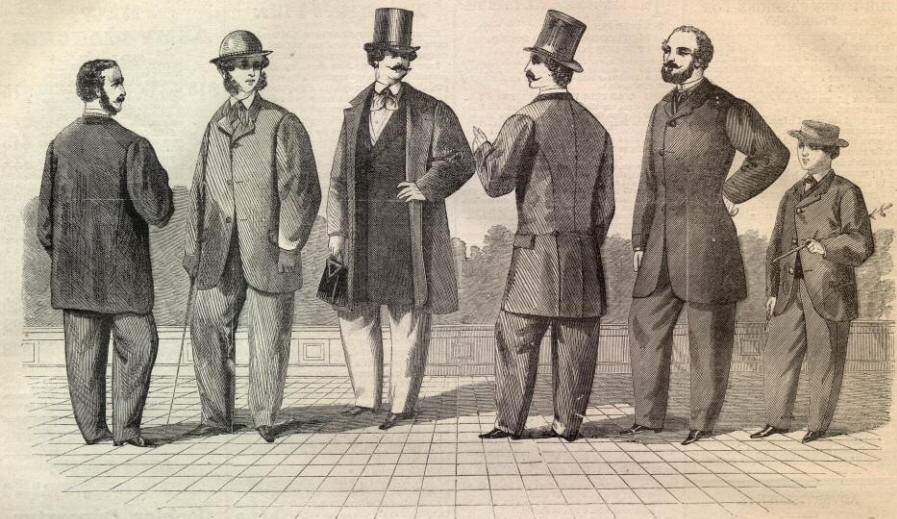 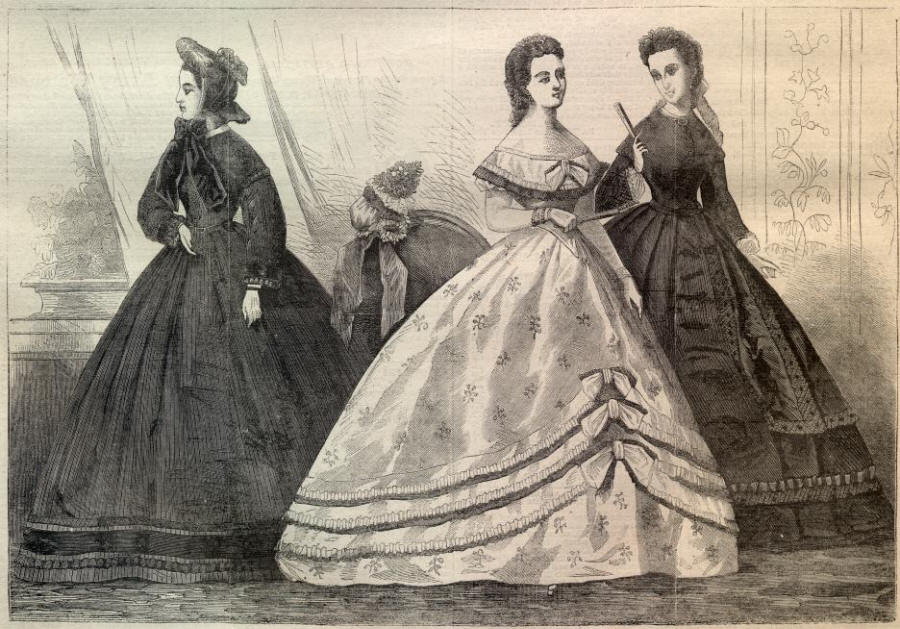 |
||||||||||||||||||||||
|
|
||
|
|
Site Copyright 2003-2018 Son of the South. For Questions or comments about this collection, contact paul@sonofthesouth.net |
|
|
Are you Scared and Confused? Read My Snake Story, a story of hope and encouragement, to help you face your fears. |
||
